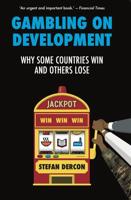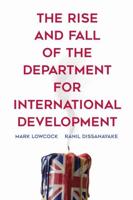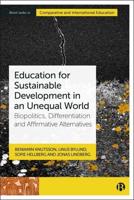Publisher's Synopsis
Shifting cultivation supports around 200 million people in the Asia-Pacific region alone. It is often regarded as a primitive and inefficient form of agriculture that destroys forests, causes soil erosion and robs lowland areas of water. These misconceptions and their policy implications need to be challenged. Swidden farming could support carbon sequestration and conservation of land, biodiversity and cultural heritage. This comprehensive analysis of past and present policy highlights successes and failures and emphasizes the importance of getting it right for the future.










